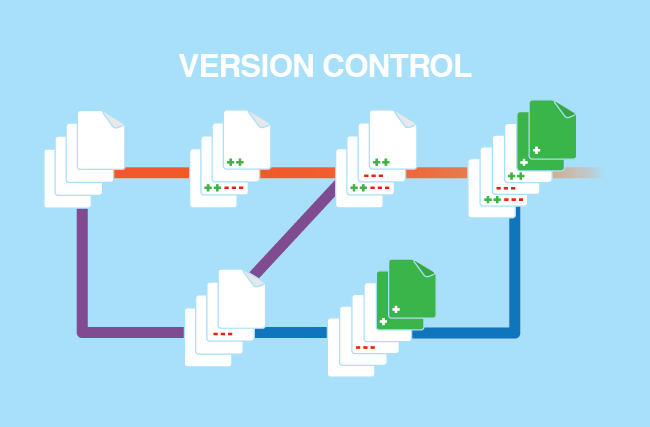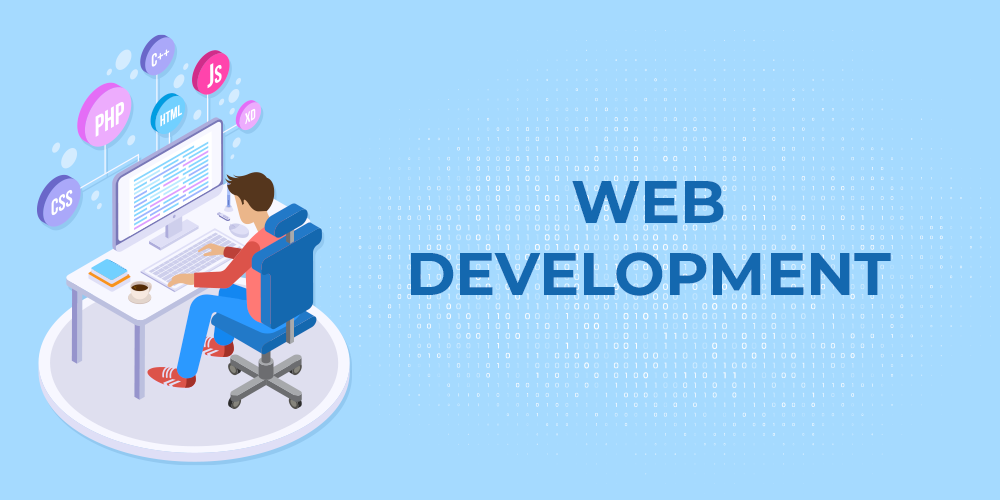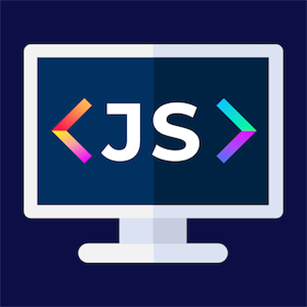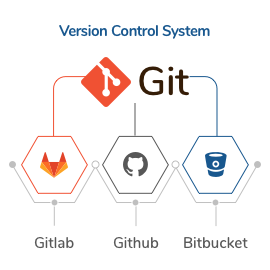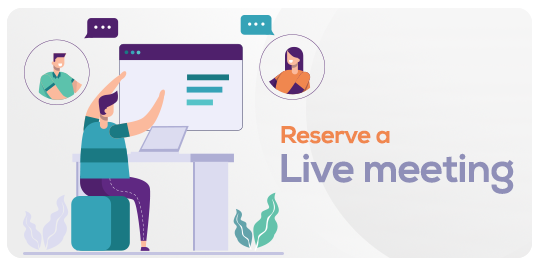What you will learn?
Implement Version Control systems
Navigate and configure using the command line
Use a GitHub repository. Create a GitHub repository
Manage code revisions
About this course
Learn how to effectively manage your projects and collaborate with others using Version Control systems. This course will introduce you to popular tools like Git and SVN, teaching you how to track changes, revert to previous versions, and merge different branches seamlessly. With Version Control, you can ensure that your code is always safe, organized, and easily accessible to your team members. By the end of this course, you will have the skills needed to streamline your development process, reduce errors, and improve collaboration within your team. Mastering Version Control is essential for any developer looking to enhance their productivity and efficiency. Join us today and take your projects to the next level.
Suggested by top companies
Top companies suggest this course to their employees and staff.
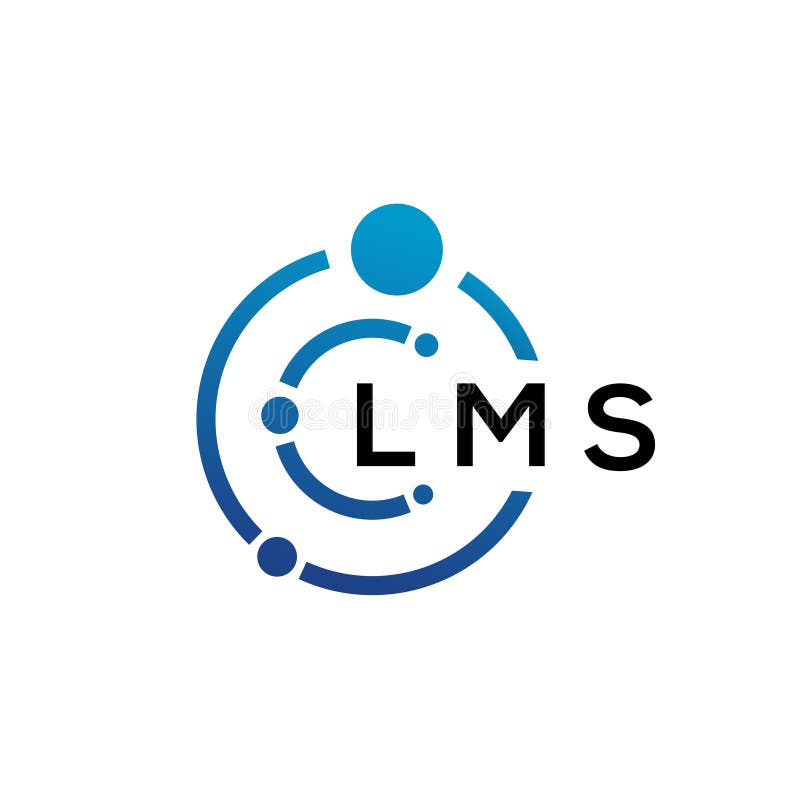

Comments (0)
Learning objectives:
1. Describe how modern software teams collaborate and work on the same codebase.
2. List different version control systems and methodologies.
3. Illustrate a standard software development workflow.
In this module, you will learn about how modern software developers collaborate across the world without messing up each other's code. This involves using version control or subversion to bring order to the chaos of massive software projects that have the potential for mistakes and bugs. You will look at the different version control systems and how to create an effective software development workflow.
Share your experience of using version control and what you hope to learn in this course.
This discussion can relate to your professional, academic, or social activities.
Version Control
In this course, you will learn about how modern software developers collaborate across the world without messing up each other's code. You will look at the different version control systems and how to create an effective software development workflow. You will be introduced to some of the most commonly used Linux commands that you can use to work with files on your hard drive and create powerful workflows that will automate your work, saving you time and effort. Finally, you will see how Git can be used in software development projects to manage team files, you will create a repository that can manage code revisions.
Taking an online course can be overwhelming. How do you learn at your own pace and successfully achieve your goals?
The primary goal of any version control system is to keep track of changes. It achieves this by allowing developers access to the entire change history with the ability to revert or roll back to a previous state or point in time. There are different types of changes, such as adding new files, modifying or updating files, and deleting files. The version control system is the source of truth across all code, assets, and the team itself.
An interesting fact about collaborating on projects that Meta is that engineers drive every project at Meta. They're in charge of coordinating with product data scientists, researchers on what we're building and the timelines for that. Whereas another company's product managers or leadership is often in charge of each project.
This resource will act as a point of reference for the various commands to be used throughout this course. Below you will find the official git commands from GitHub.
As a developer working in a team, you are continually writing, changing, or updating existing source code. It may happen that while you were working on a new feature, another developer in the team is busy fixing an unrelated bug. With multiple developers all working in the same code base, keeping track of all of those additional updates can be problematic. Luckily, version control addresses these kinds of problems. In this video, you will discover the different types of version control systems, learn how they operate, and learn about their similarities and differences. There are many different version control systems available. For example, Subversion, Perforce, AWS Code Commit, Mercurial, and Git to name a few. Version control systems can be split into two types or categories. Centralized version control systems and distributed version control systems.
As you know by now, version control is a system that records changes to a file or set of files over time so that you can access specific versions later. In software development, Version Control Systems (VCS) allows developers to manage changes to their code and track who made each change. But how did this software come about?
Version Control has a long history going back to the 1980s. In fact, version control systems were created before the Internet!
Version Control plays a crucial part in software development. As a developer, you’ll work with other developers on projects to deliver software to customers. Depending on the role, you could be working with a small team of 2 or 3 developers in a single project or a large team spanning multiple projects. In either scenario, Version Control will be a crucial tool to help your team succeed.
However, Version Control must be complemented by other tools and procedures to ensure quality and efficiency throughout the software development process. In this lesson, we’ll explore some of the common tools and strategies developers use in conjunction with Version Control.
As you have previously learned, version control and version control systems help developers keep track of their code and are up-to-date with any changes. In this video, you'll get a feel for how developers use version control to keep track of changes and resolve coding conflicts. When working with a team of developers, it's essential for the codebase to have a source of truth that has all historical changes. Version control systems play an integral part in aiding this process by providing a full history of changes of every single file added to its repository. It makes collaboration across a team easier.
Development Environments
Every development team prior to releasing their new features or changes needs to verify that the code they do release is not going to cause any issues or bugs. In order to achieve this, they normally set up multiple environments for different ways to test and verify. A common practice is for teams to have a developer environment, a UAT or QA environment, and a staging environment. The main purpose of this flow is to find any potential issues that may arise due to changes or new features being added to the codebase. The more ways to test the changes the less likely bugs will be introduced.
Module Summary: Software Collaboration
About Version Control

